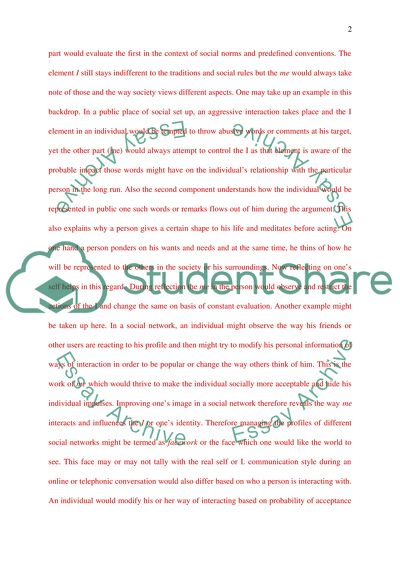Cite this document
(“Using at least two pieces of sociological writing discussed in this Essay”, n.d.)
Using at least two pieces of sociological writing discussed in this Essay. Retrieved from https://studentshare.org/sociology/1672841-using-at-least-two-pieces-of-sociological-writing-discussed-in-this-semesters-classes-assess-the-contribution-of-one-interpretivemicro-sociological-approach-to-our-understanding-of-the-relationship-between-the-individual-and-society
Using at least two pieces of sociological writing discussed in this Essay. Retrieved from https://studentshare.org/sociology/1672841-using-at-least-two-pieces-of-sociological-writing-discussed-in-this-semesters-classes-assess-the-contribution-of-one-interpretivemicro-sociological-approach-to-our-understanding-of-the-relationship-between-the-individual-and-society
(Using at Least Two Pieces of Sociological Writing Discussed in This Essay)
Using at Least Two Pieces of Sociological Writing Discussed in This Essay. https://studentshare.org/sociology/1672841-using-at-least-two-pieces-of-sociological-writing-discussed-in-this-semesters-classes-assess-the-contribution-of-one-interpretivemicro-sociological-approach-to-our-understanding-of-the-relationship-between-the-individual-and-society.
Using at Least Two Pieces of Sociological Writing Discussed in This Essay. https://studentshare.org/sociology/1672841-using-at-least-two-pieces-of-sociological-writing-discussed-in-this-semesters-classes-assess-the-contribution-of-one-interpretivemicro-sociological-approach-to-our-understanding-of-the-relationship-between-the-individual-and-society.
“Using at Least Two Pieces of Sociological Writing Discussed in This Essay”, n.d. https://studentshare.org/sociology/1672841-using-at-least-two-pieces-of-sociological-writing-discussed-in-this-semesters-classes-assess-the-contribution-of-one-interpretivemicro-sociological-approach-to-our-understanding-of-the-relationship-between-the-individual-and-society.


